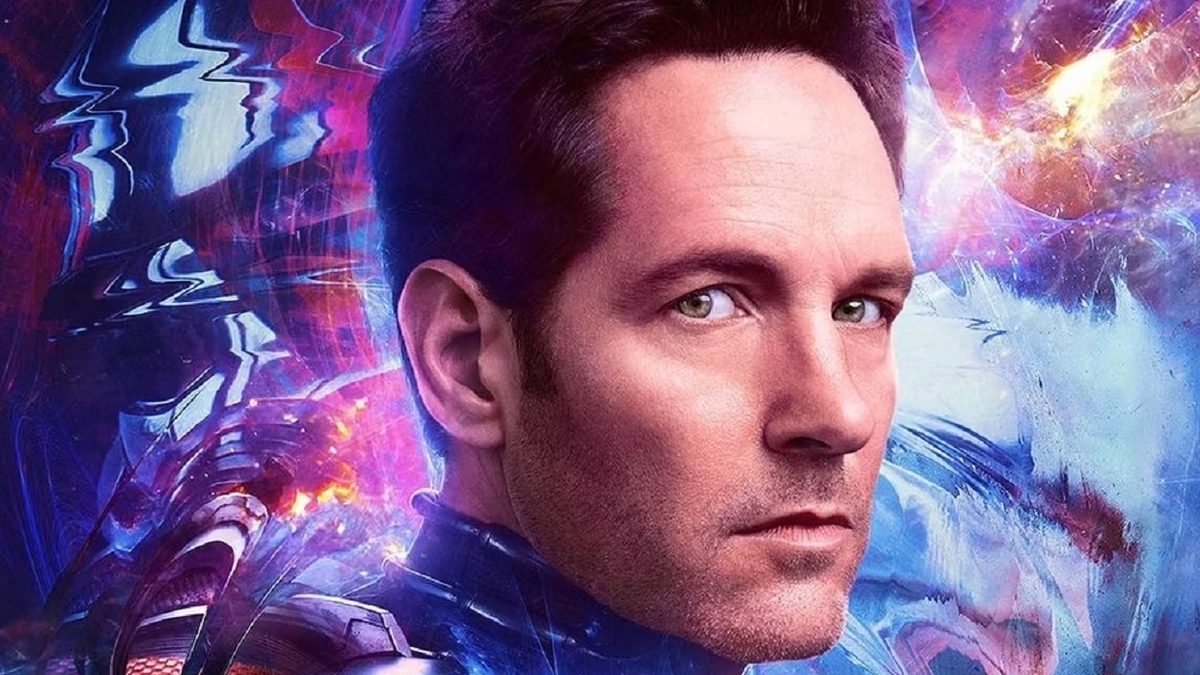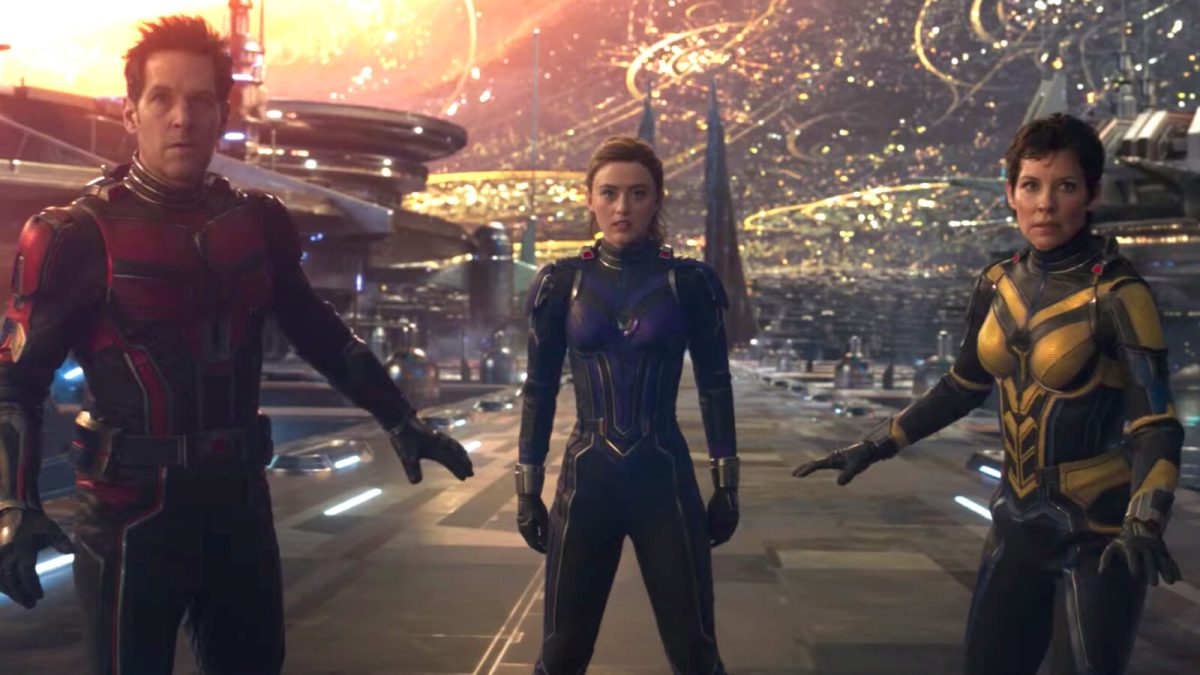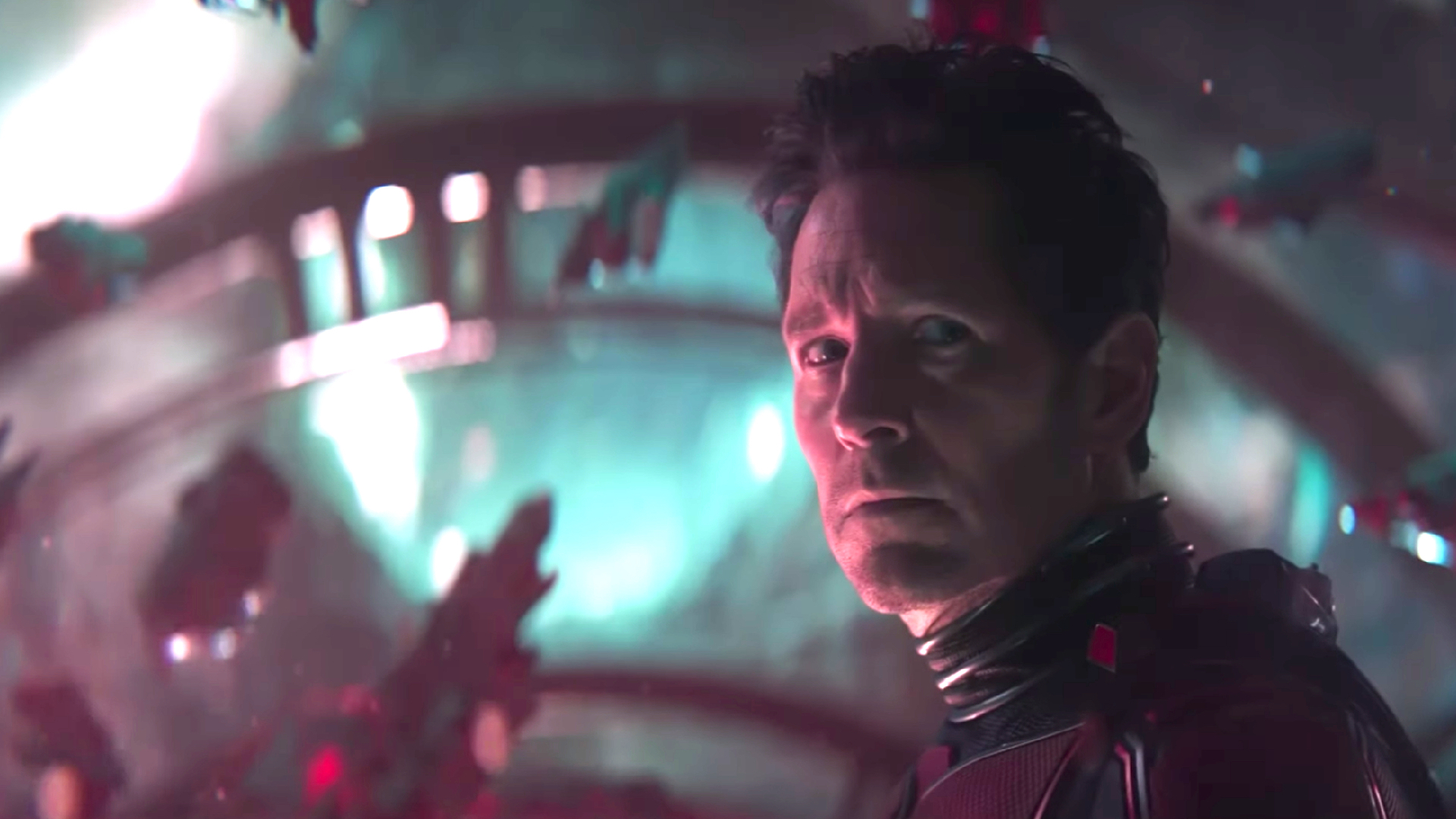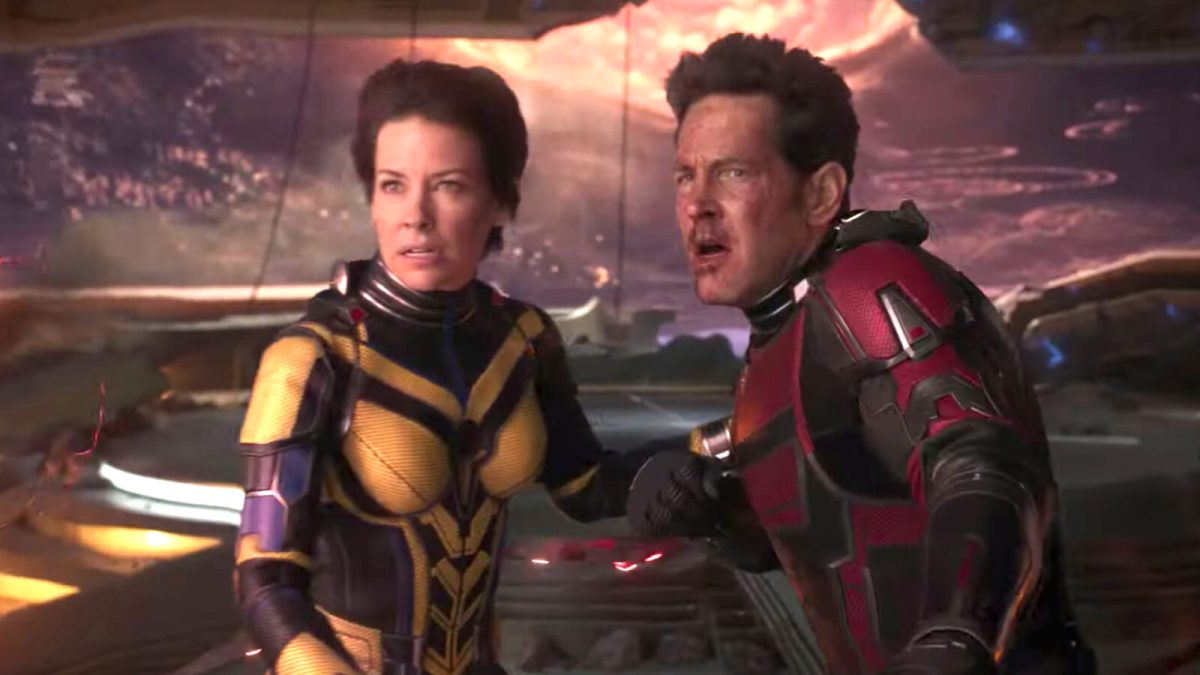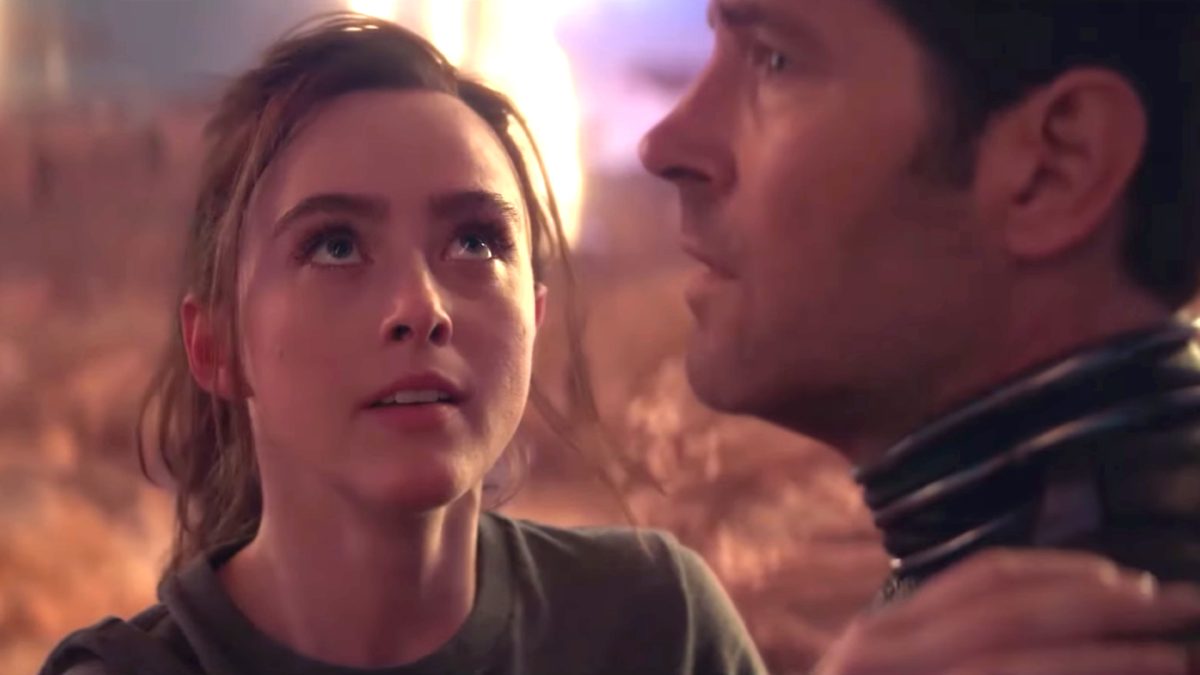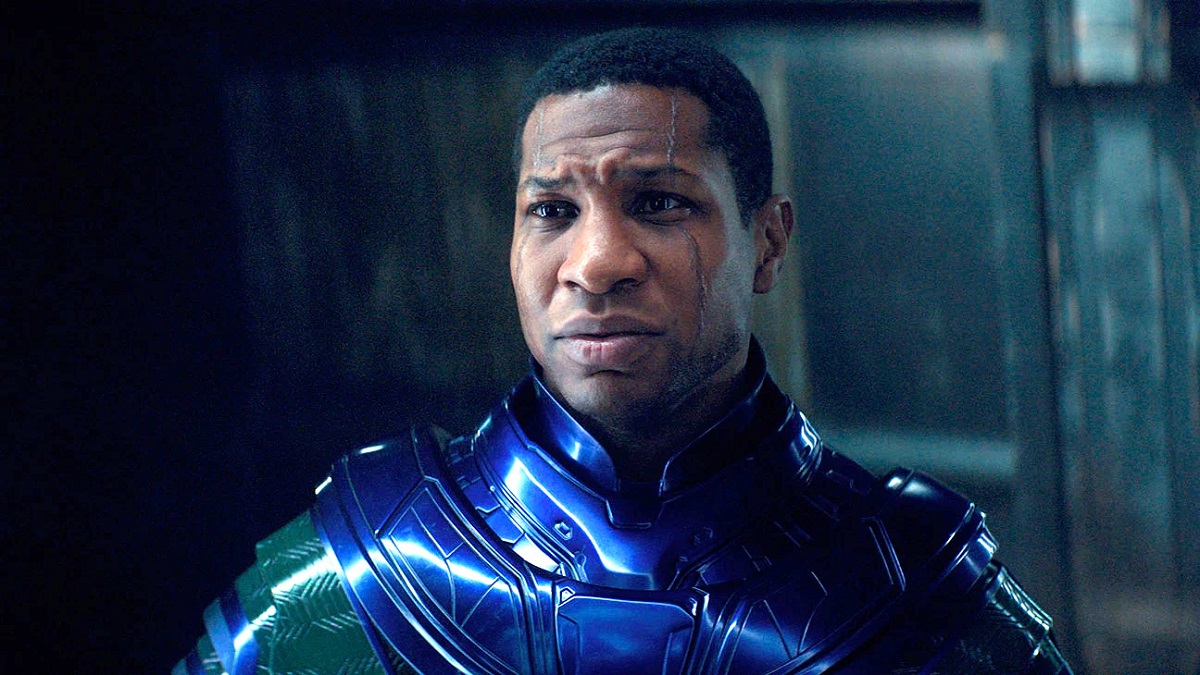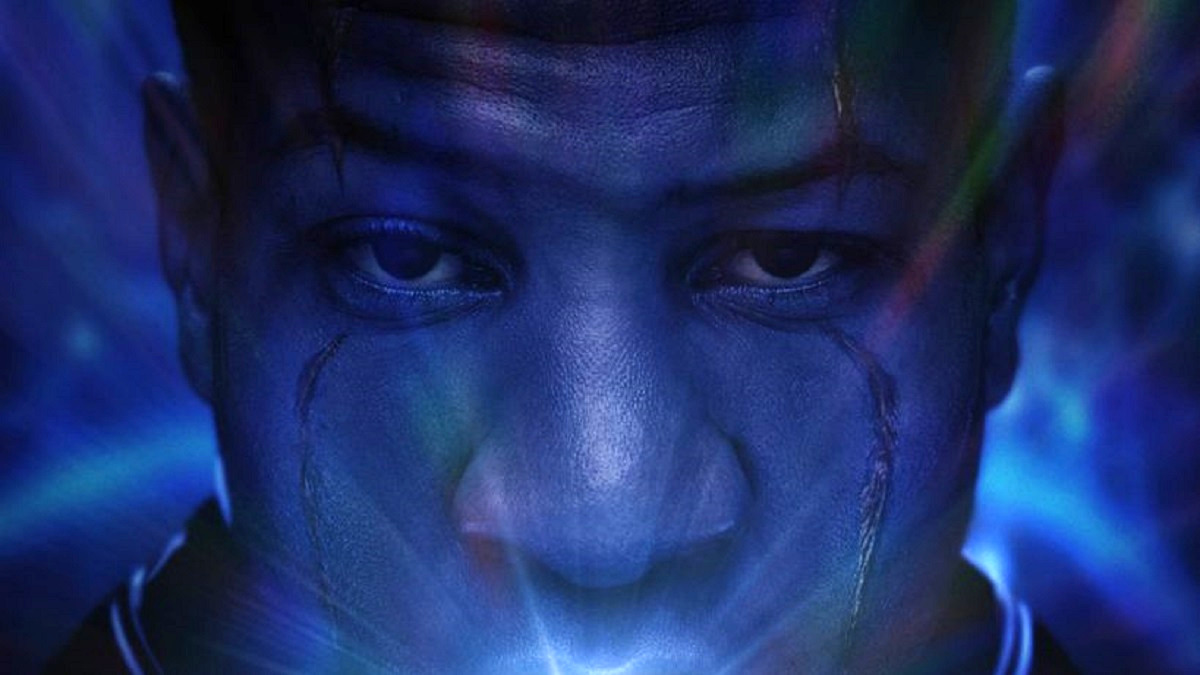The harsh criticisms regarding Ant-Man and the Wasp: Quantumania are known far and wide by now. No matter how much loyal fans try to look at the positives — and they do exist, Jonathan Majors’ stellar performance being one of them — the reviews don’t lie. The Ant-Man threequel is now among the worst-reviewed films in the Marvel Cinematic Universe, making for a lackluster start to Phase Five.
One of the most talked about shortcomings of Quantumania is the film’s take on M.O.D.O.K., which left viewers incredibly weirded out. While fans expected the character to be ugly, nothing could have prepared them to look at George Costanza’s face sloppily attached to MODOK’s exoskeleton. Talk about an eyesore.
M.O.D.O.K.’s design is perhaps the most obvious example of the film’s poor CGI, but certainly not the only one. Naturally, we can’t help but consider what this might mean for MCU’s future, especially when the Multiverse Saga relies heavily on visual effects to make its movies work. What makes the situation even more baffling, though, is Quantumania‘s mega budget of $200 million dollars, which even surpassed Ant-Man‘s previous installments.
The first movie kept costs at $130 million, while the second rose to $195 million. Granted, the difference between Ant-Man and the Wasp and Quantumania isn’t that impressive, but one look at how the two films compare in terms of quality and reviews will get the point across. How did Marvel manage to fumble this film so badly with a way bigger budget? It’s an impressive feat in and of itself.
If you thought this couldn’t get any worse, think again. As it turns out, a lot went on behind the scenes with the movie’s visual effects workers, who have spoken about the unfair working conditions. According to several anonymous VFX artists, Quantumania was extremely short on staff, something the higher-ups had little consideration for. Combined with pre-determined deadlines, this led the VFX team to often work for about 80 hours a week, which is double the average number. Additionally, these artists claim that big portions of the movie were often nitpicked, but the deadlines were never adjusted to make space for the proper time needed to make the necessary changes. The end result is what everyone saw at the theaters — a rushed film with lackluster visual effects.
Whether you look at it from a creative perspective or simply as a decent human being, it’s hard to deny that Marvel has good reason to feel ashamed. VFX artists are often underappreciated in the industry and adding to that poor working conditions only worsen what is supposed to be a creative, enjoyable experience for those involved in the project.
As the MCU moves forward, fans will continue to expect better from the franchise. Relying on Phase Three nostalgia can only get you so far, which means that Marvel will have to step up its game if there’s any hope for upcoming releases.

